- Chongqing - Once divided by mountains and the Yangtze River, this city has become a shining pearl along the Belt and Road
Chongqing, known as the mountain city, once faced traffic bottlenecks due to its complex geography, which included mountains and the Yangtze River. However, over time, Chongqing has changed and become an indispensable transportation hub in the Belt and Road Initiative. Behind this seismic change is an iconic structure - the magnificent double-track suspension bridge across the Yangtze River.
The double-track suspension bridge is not only a major road connecting the north and south, but also a symbol of Chongqing's openness and vitality to the outside world. When night falls, the lights on the bridge are dazzling, and the waves of the Yangtze River complement each other, forming a magnificent picture.
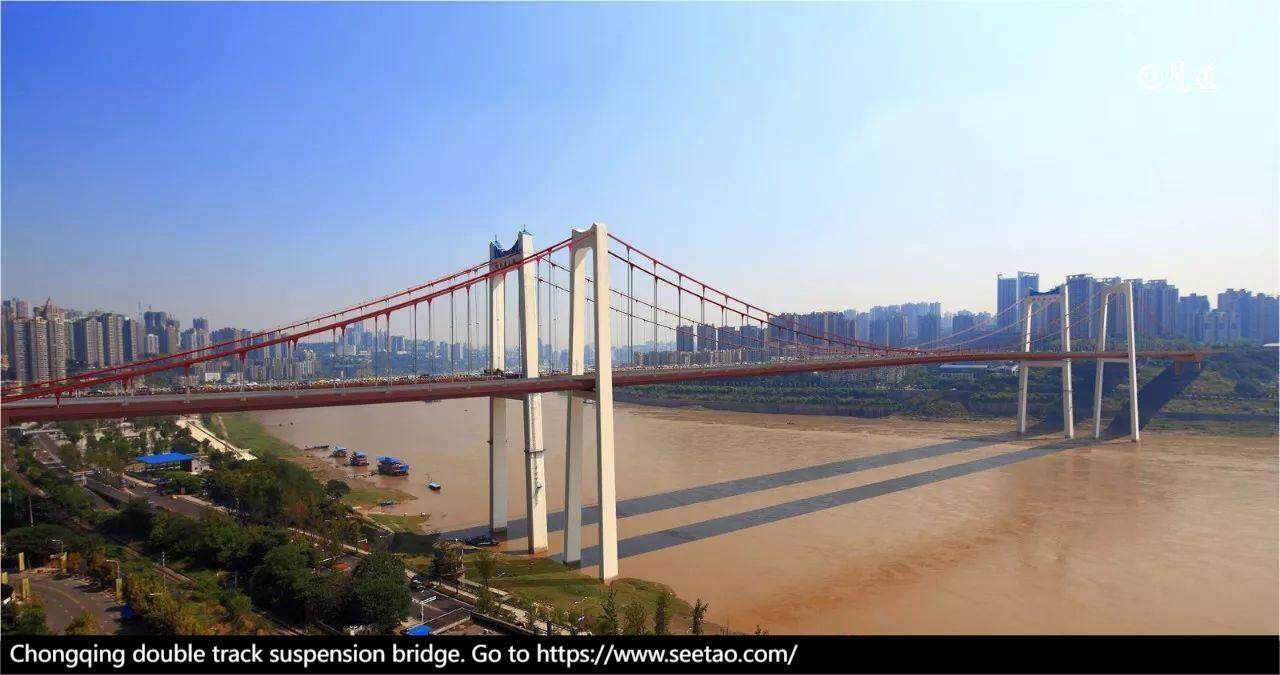
Back in the beginning of construction, faced with the rough waters of the Yangtze River and complex geological conditions, engineers had to overcome not only technical difficulties but also challenges brought by extreme weather. It was with their indomitable spirit and superb technique that they finally completed the bridge, which danced like a swing over the Yangtze River.
With the deepening of the Belt and Road Initiative, Chongqing's geographical advantages have been further highlighted. The double-track suspension bridge not only brings convenient transportation to the local area, but also attracts the attention of the world. Today, Chongqing has become an important node connecting China with Southeast Asia and South Asia, injecting new vitality into regional cooperation and economic development.
Looking ahead, as the Belt and Road Initiative continues to deepen, Chongqing will continue to leverage its unique geographical and strategic advantages to become an important bridge connecting the East and the West. This double-track suspension bridge will also witness the prosperity and development of Chongqing and even the whole of China. Editor/Xu Shengpeng
Comment
 Praise
Praise
 Collect
Collect
 Comment
Comment
 Search
Search


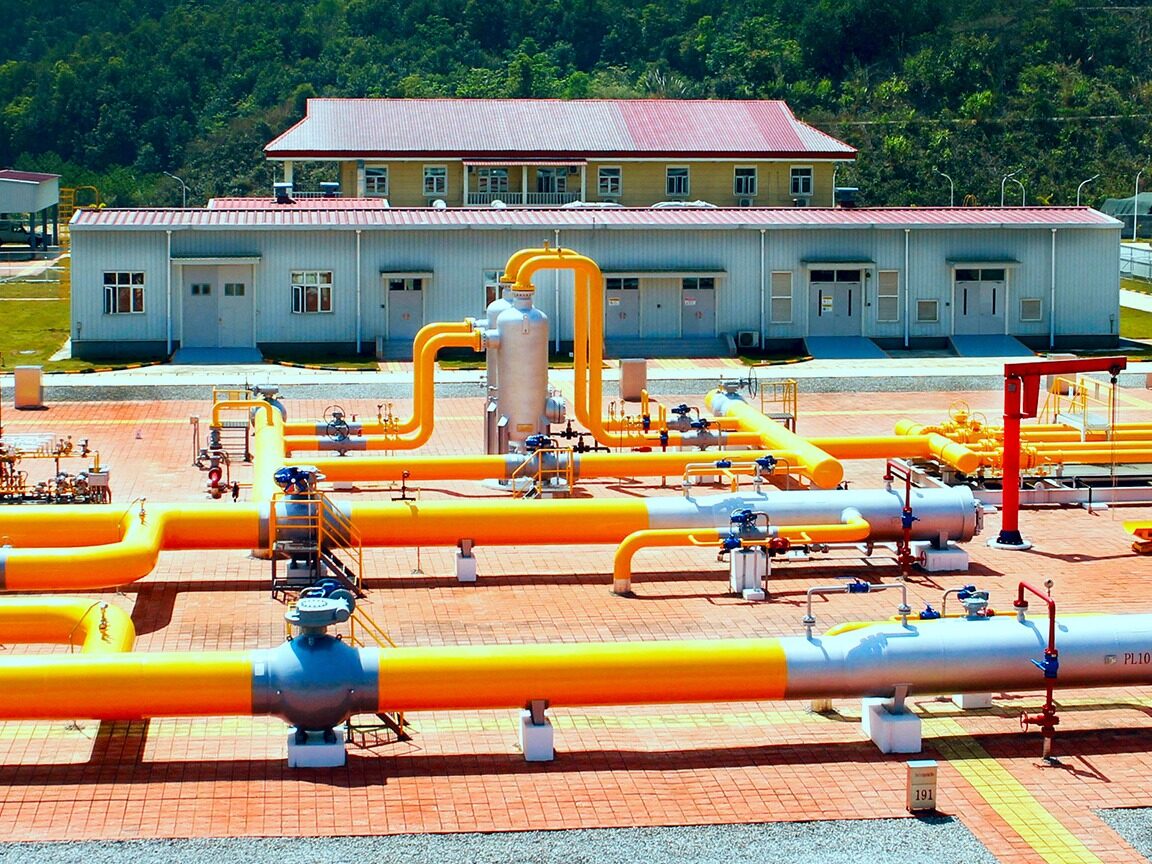
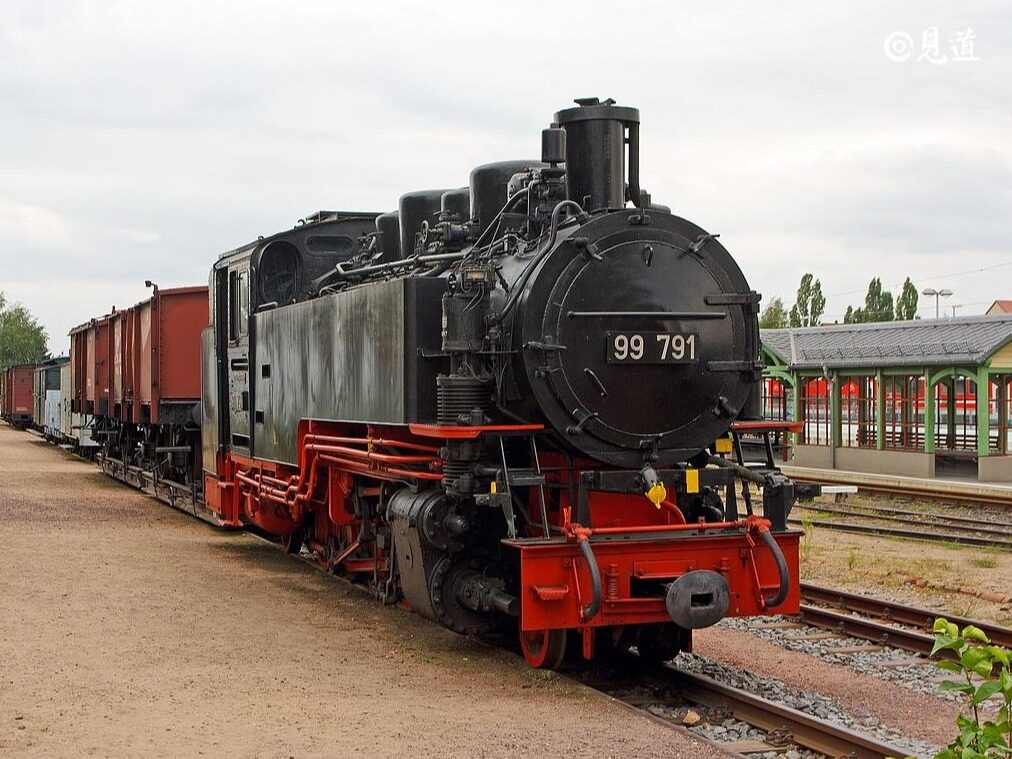
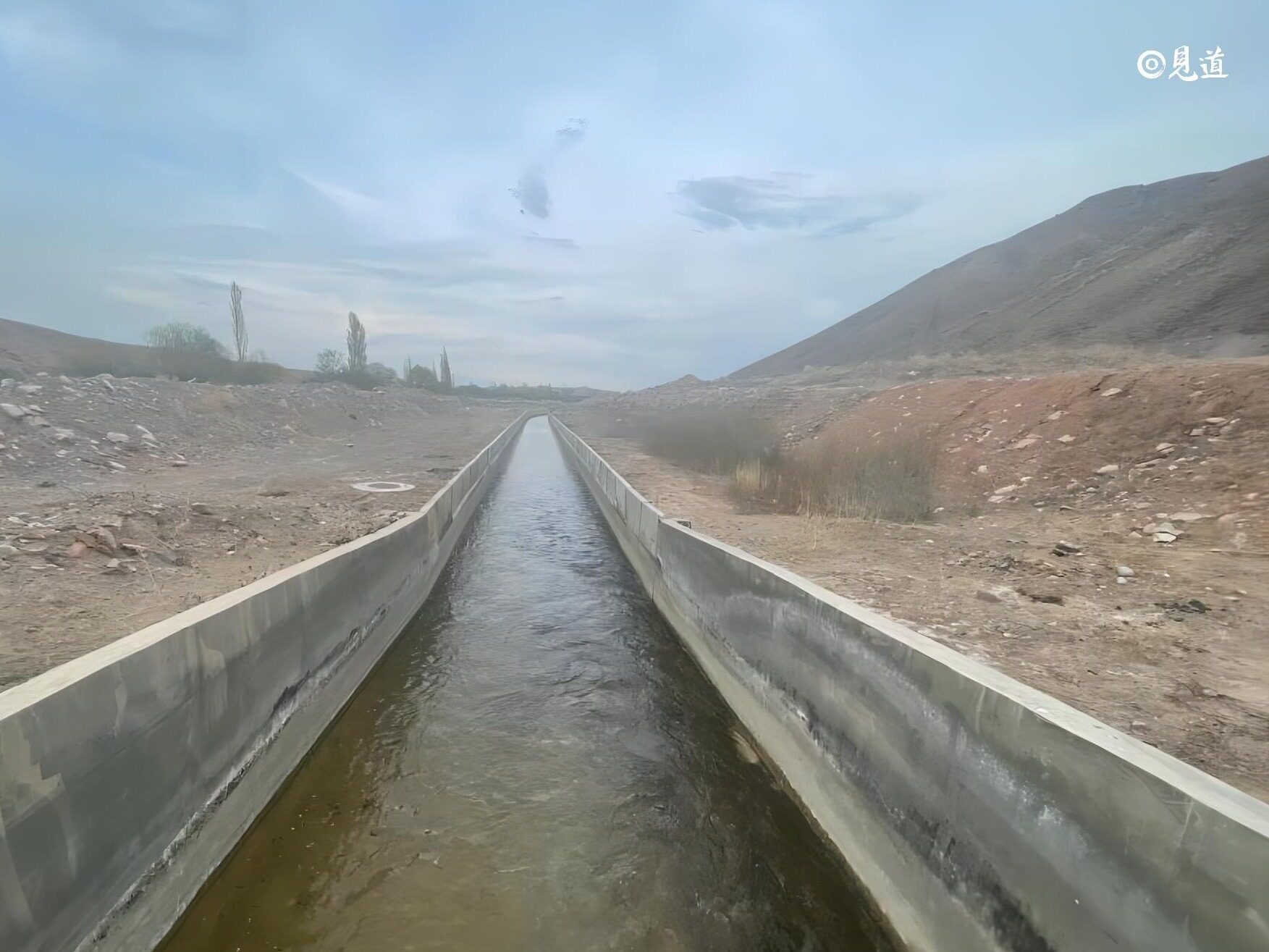
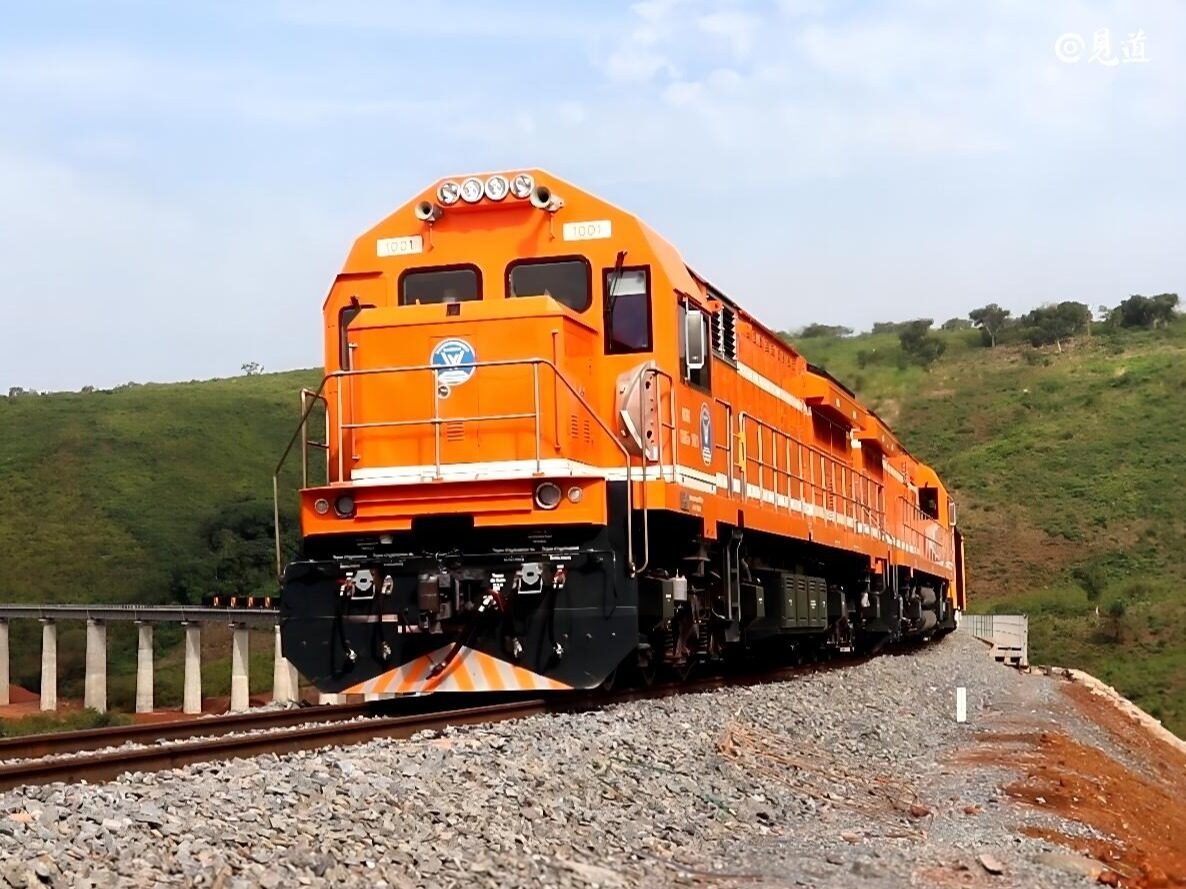

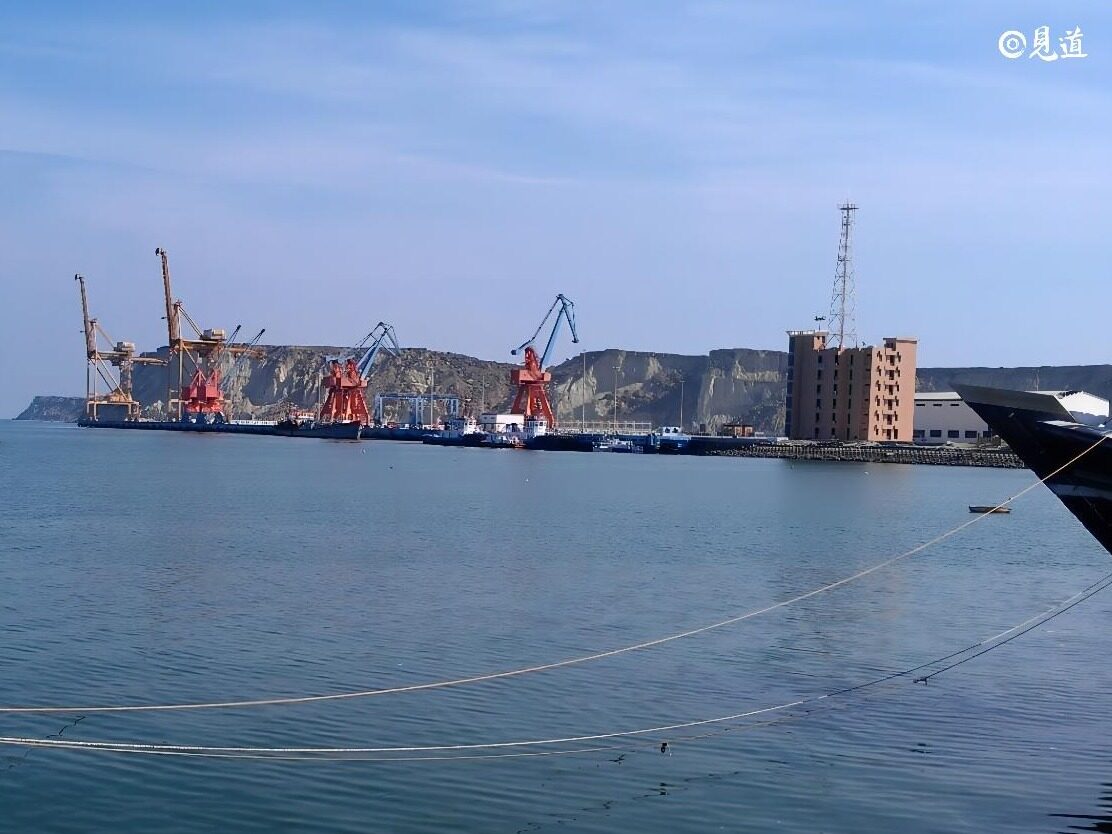






Write something~